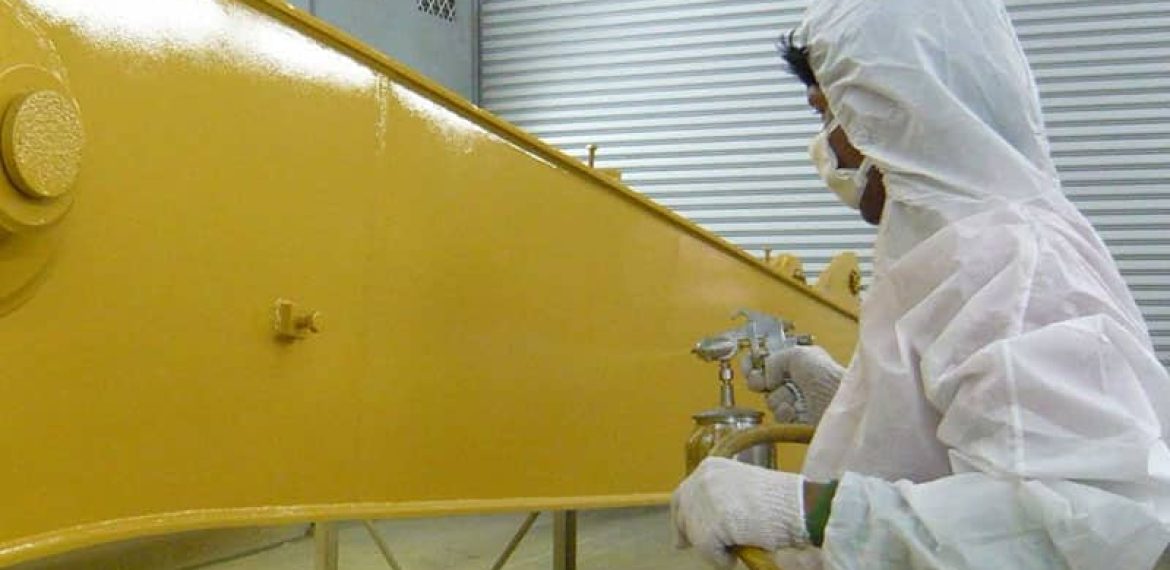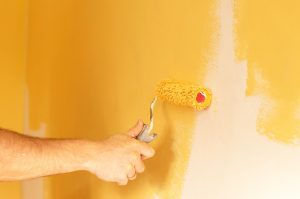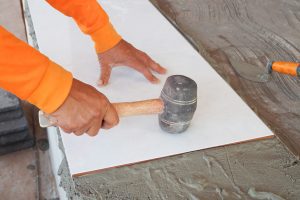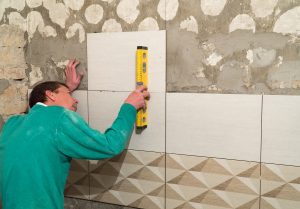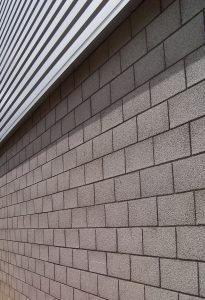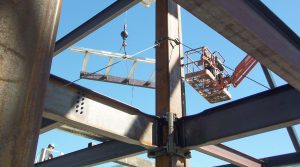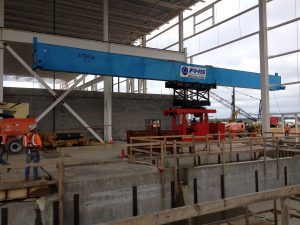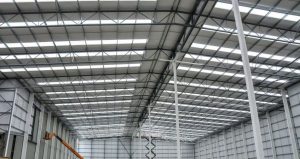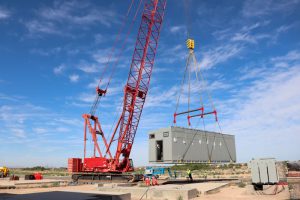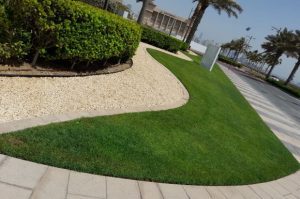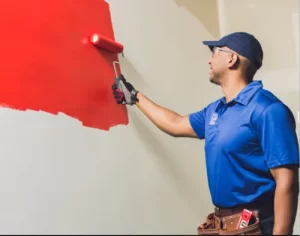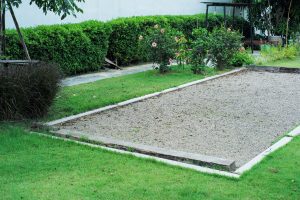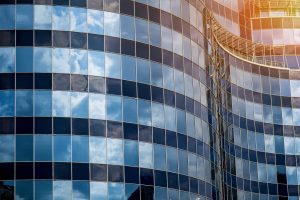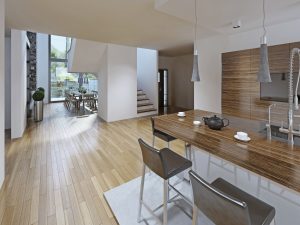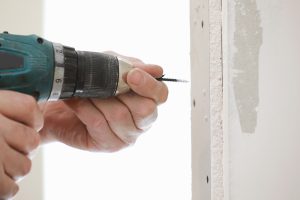Most homeowners’ first thought when considering a house paint job is, naturally enough, what color they should pick. That’s because most homeowners use paint for aesthetic purposes rather than practical upkeep.Once you’ve decided on a color for a room, painting it is rather simple. However, certain paints are better suited for usage in restrooms or high-traffic areas.
On the other hand, industrial painting cannot make this claim. Coatings in these settings must be able to withstand more than just the occasional scuff or scratch without sacrificing their aesthetic value. Paint in industries, processing plants, and other industrial buildings must function well in a variety of ways beyond just how it looks.
Because of this, it is essential for owners and operators to seek the assistance of experts who can provide the necessary protection and efficiency from industrial paints and coatings.
The Distinct Features of Industrial Painting
Coating surfaces for protection was an obvious choice for shipbuilders from the very beginning. Tars and resins were used by the earliest boatbuilders to preserve the boats’ bottoms from water and wear and tear.
The primary functions of industrial coatings are not limited to preventing leaks and corrosion, but these remain important. These items are more practical than the average paint you’d find at a hardware shop.
Some paints, for instance, have fireproofing properties. By reflecting heat away from a building’s exterior, certain colors and kinds of paint can be utilized to reduce cooling expenses. To learn more about the numerous ways in which these coatings may improve the performance of machinery, read on.
skilya Industrial Paint Prevents Corrosion
Protecting against rust and corrosion is one of the most prevalent uses for industrial coatings. This is crucial not just because of the potential for water damage from spills, but also because of the presence of extremely caustic chemicals in many industries and processing facilities.
Lacking proper shielding, mechanical parts used in manufacturing can start to fail in as little as a few months. This is especially true for things that have to be left outside in the weather for long periods of time.
Chemical reactions with uncoated metals or plastics lead to their eventual decomposition. Materials grow progressively more fragile and less stable due to these interactions, which might ultimately lead to failure.
Coatings of a high grade will not react with anything. That’s why their coatings last so much longer than others.
skilya Fireproof Industrial Paint Equipment
Intumescent fireproofing coatings are being included in an increasing range of industrial paint products. With this safety measure in place, buildings and machinery are better able to withstand the effects of a fire.
When subjected to high temperatures, intumescent materials have a relatively predictable reaction. When they heat up, they expand, decreasing in density and making it harder for flames to ignite.
These flame-retardant paints for industries are available in two primary varieties: soft char and hard char. The former retains water, which is then released as steam when subjected to high temperatures. This reduces the rate at which fire spreads and leaves behind a substance that is poor at transmitting heat.
Firewall materials, such as sodium silicates, and graphite, are formed when hard char material is heated to its melting point. Both types of fireproof paint help create safe spaces for both people and belongings.
Industrial Painting Saves Energy
Though not as immediately apparent as their other uses, these coatings serve a crucial role in enhancing energy efficiency. Big buildings need much air conditioning to be comfortable for workers and reliable for machinery.
However, the costs and environmental impact of running air conditioners and other cooling equipment can be significant for businesses.
To combat this, reflective industrial paints may help save a lot of money on utility bills by reflecting heat away from walls instead of letting it soak in.
Coatings like this employ light colors and specifically engineered chemical compounds to reflect heat and sunshine, allowing buildings to remain cooler throughout the day and reducing the load on HVAC systems. This strategy has the potential to be both extremely effective and very cheap in comparison to alternative approaches.
Conclusion
When it comes to industrial painting, the motivations of building owners are very different from those of homeowners. Now they have more to think about besides just picking out paints and hiring painters to do the work.

